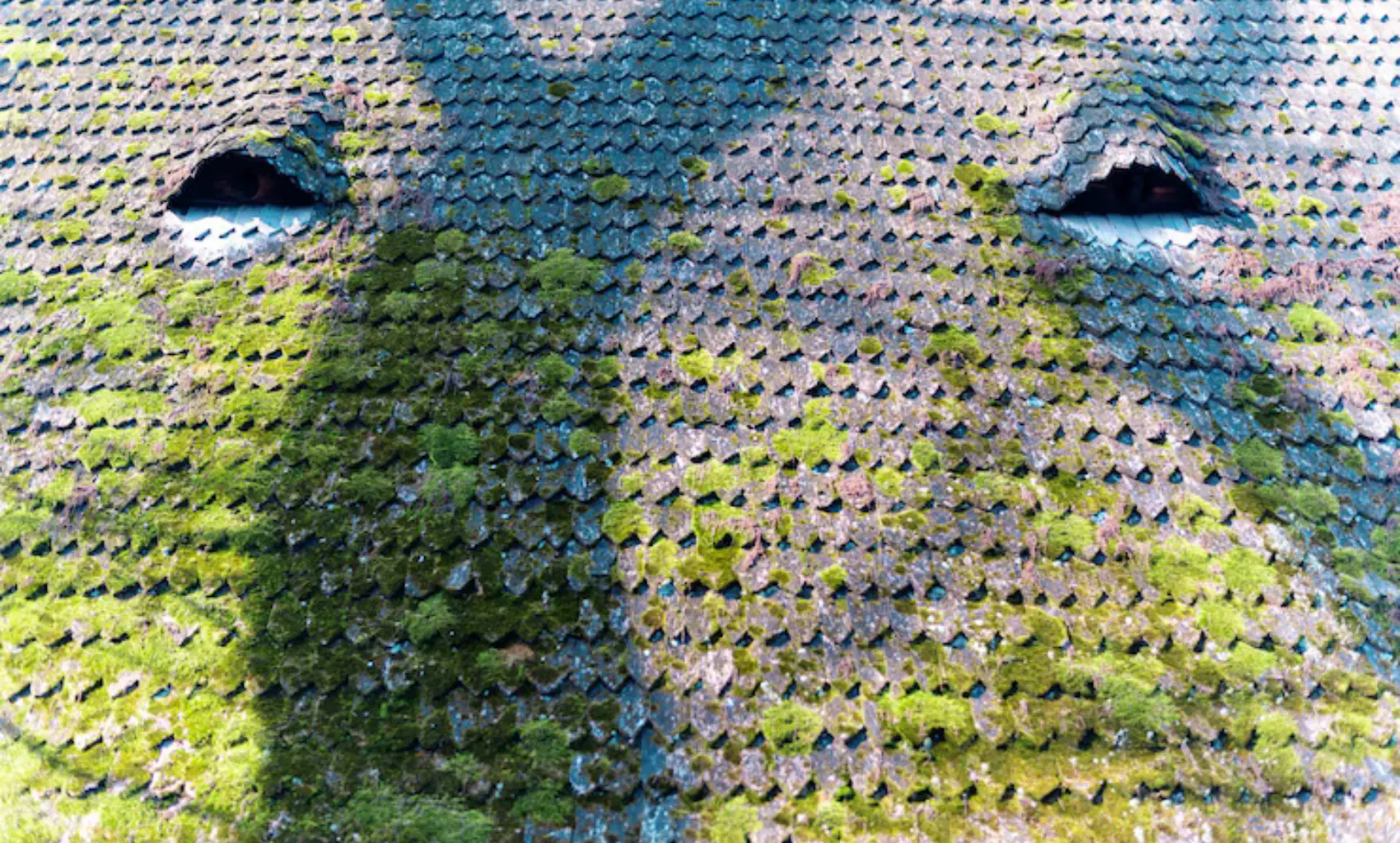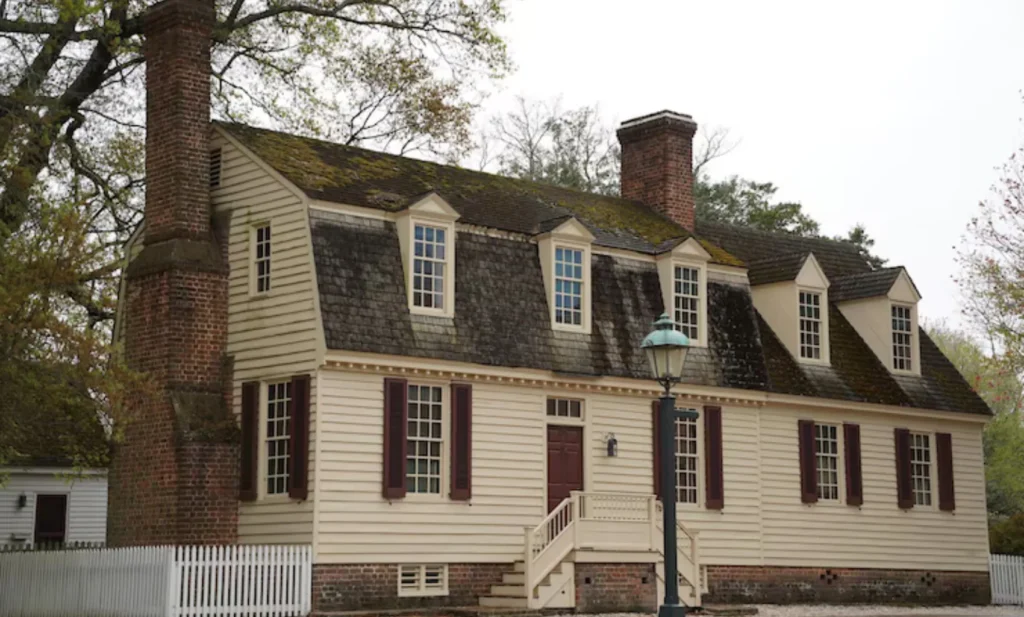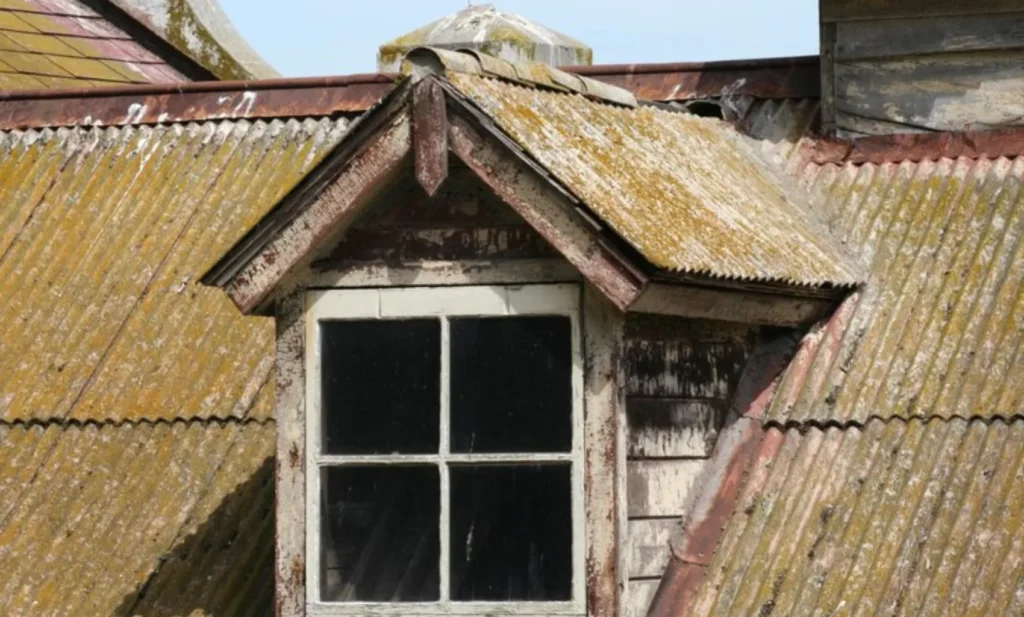
Older homes have charm—but they also have leaks. Sagging materials, outdated designs, and years of wear leave them vulnerable. Here’s why it happens and how to stop it permanently.
1. Aging Materials Can’t Fight the Elements
-
Shingles deteriorate: After 15–20 years, asphalt shingles crack, curl, or lose granules.
-
Flashing fails: Thin metal strips around chimneys/vents corrode or loosen.
-
Solution: Replace with modern, impact-resistant materials (e.g., architectural shingles, galvanized steel flashing).
2. Poor Ventilation Traps Moisture
-
Attic condensation rots wood and weakens the roof structure.
-
Signs: Mold, peeling paint, high energy bills.
-
Fix: Install ridge vents + soffit vents to regulate airflow.
3. Outdated Roof Designs Lack Storm Resistance
-
Flat/low slopes pool water; older homes weren’t built for today’s heavy storms.
-
Example: A 1950s Katy home with no drip edge lets water seep behind gutters.
-
Upgrade: Reinforce with ice/water shield and proper drainage slopes.
4. DIY or Cheap Repairs Make It Worse
-
Patch jobs (like tar or sealant) are temporary—water finds new paths.
-
Warning: If leaks return after a “fix,” the underlying issue wasn’t solved.
-
Pro Tip: Full roof inspections catch hidden damage.
5. Texas Weather Accelerates Wear
-
UV rays dry out materials; high winds lift weak shingles.
-
Storm Proofing: Class 4 impact-resistant roofing + regular post-storm checks.
Final Call-to-Action
Don’t let your historic home become a water trap. Hart Roofing’s durable, weather-tight solutions fix leaks for good.
Phone : 713-281-2886 | Mail : info@hartroofingtx.com


